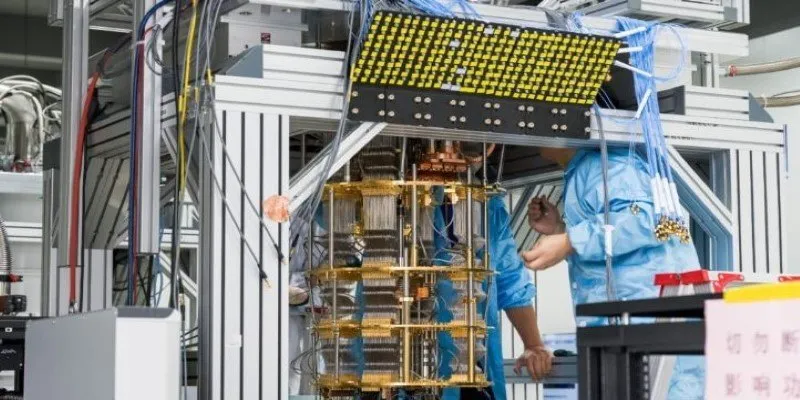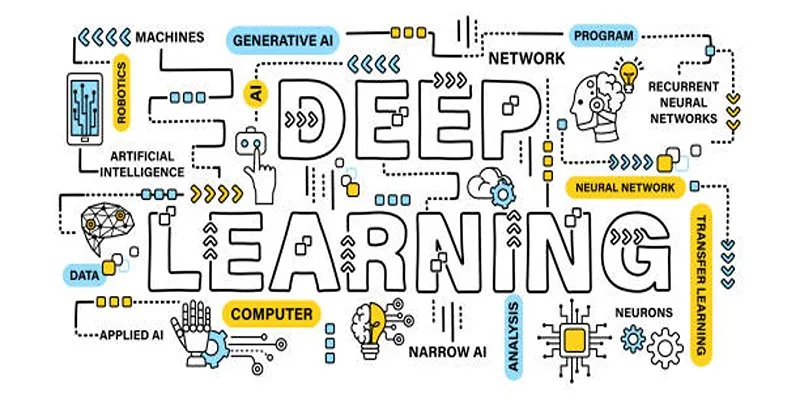Projects in machine learning can be both fascinating and challenging. Estimating time and cost is not always straightforward. These initiatives span several phases, each requiring meticulous preparation and funding. Ignoring this stage could cause your project to fail or become too expensive. Good estimates enable you to avoid surprises and effectively plan. Your objectives, data, tools, and team will determine time and expenses.
For instance, basic models require less time than deep learning models. Knowing what to expect helps prevent budget problems and delays. This guide walks you through creating reasonable estimates. You will discover elements influencing time and cost and learn how to dissect every phase. It will help you schedule your machine learning project confidently.

How to Estimate the Time and Cost of a Machine Learning Project
These are the main steps you should take to project the time and expenses of your machine learning project.
Define the Project Goals and Requirements
First, grasp the fundamental goal of the project. Determine what the model of machine learning should perform. This guides your tool and approach selection and aids in projecting the required resources and effort. Then, list the characteristics your model requires. Is it for image classification, prediction, or language processing? Each category requires varying degrees of time and expertise. More complex goals are more expensive and time-consuming. Check whether the objective is stable or evolving. Easy planning arises from a steady aim. A shifting objective might entail more time and expenses.
Analyze the Data Availability and Quality
Every machine learning effort revolves around data. Determine whether the data is accessible. If not, gathering it could take weeks or months, requiring time and money. Next, examine the data quality. Is it complete and clean, or are there missing values? Data cleansing can take as much time as model construction. Poor data leads to poor models and additional work later. Also, consider the dataset’s size. Smaller datasets are processed faster, while large datasets require more time, storage, and processing capability, increasing project expenses.
Choose the Right Algorithms and Tools
The type of machine learning method influences time and project expenses. Simple models like linear regression are cheap and quick. Deep learning and other complex models require more time and powerful computers. Consider the tools and platforms you plan to use. Open-source tools can help save money but may require extra time for setup. While cloud systems provide speed, they might increase costs. Choose tools your staff already knows. If they require training, add that time and money to the budget. Learning new tools during the project could cause delays.

Break Down the Project Into Phases
Organize the project into phases to improve estimation accuracy. Each phase requires its own budget and schedule, simplifying and increasing the accuracy of planning.
Common phases include:
- Planning: Define goals and collect project requirements.
- Data collection and preparation: Find, clean, and organize the data.
- Model selection: Choose the best machine learning model for the task.
- Model training and testing: Train the model and check its accuracy.
- Tuning and optimization: Adjust the model for better results.
- Deployment: Implement the model in a real-world environment.
- Monitoring and maintenance: Monitor the model’s performance over time.
Account for Team Skills and Size
The size and abilities of your team significantly influence project time and cost. A skilled workforce solves problems faster and works more efficiently, though they might cost more. With a small crew, the project might take longer. Adding more people might speed up completion but also requires more communication and management, raising overall expenses. Consider whether you need outside assistance. Hiring freelancers or consultants increases costs.
Include Infrastructure and Deployment Costs
Machine learning projects require more than just code. You also need servers, memory, and computational capability, which can raise project expenses. Check the pricing if you use cloud systems. You might pay for bandwidth, storage, or computational hours. If your model is large or frequently run, these expenses increase.
Deployment also requires time. The model should be tested in practical environments, sometimes necessitating additional tools or platforms, which could incur costs. Remember to track and update post-deployment.
Add Buffers for Risks and Uncertainty
Machine learning projects might face delays due to unforeseen challenges. Always add buffer time and budget for unexpected problems. You may find the data is below expectations, or a tool might not function as intended. Correcting these issues could take days or weeks. Include 20–30% extra time and expenses as a buffer to cover risks without deviating from your overall plan. Regularly review and adjust your estimates as the project scope changes.
Use Estimation Techniques and Tools
Several methods can help project time and money. You might use task-based planning, historical projects, or expert judgment. For best results, combine multiple approaches.
Some useful strategies include:
- Bottom-up estimation: Add up all small tasks for total time and cost.
- Analogy estimation: Use past projects to estimate time and cost.
- Three-point estimation: Estimate best, worst, and average times to plan better.
Conclusion
Estimating the time and cost of machine learning projects requires rigorous preparation and knowledge. Set objectives, examine data quality, and select appropriate techniques. Dividing the work into phases simplifies the process. Time and money also change depending on infrastructure and team competencies. Including buffers helps manage unexpected delays. Accurate estimation allows you to create a reasonable schedule. Regularly review and adjust your strategy as necessary. Clear processes and smart techniques will help you stay within your budget and run machine learning projects smoothly.
 zfn9
zfn9





















